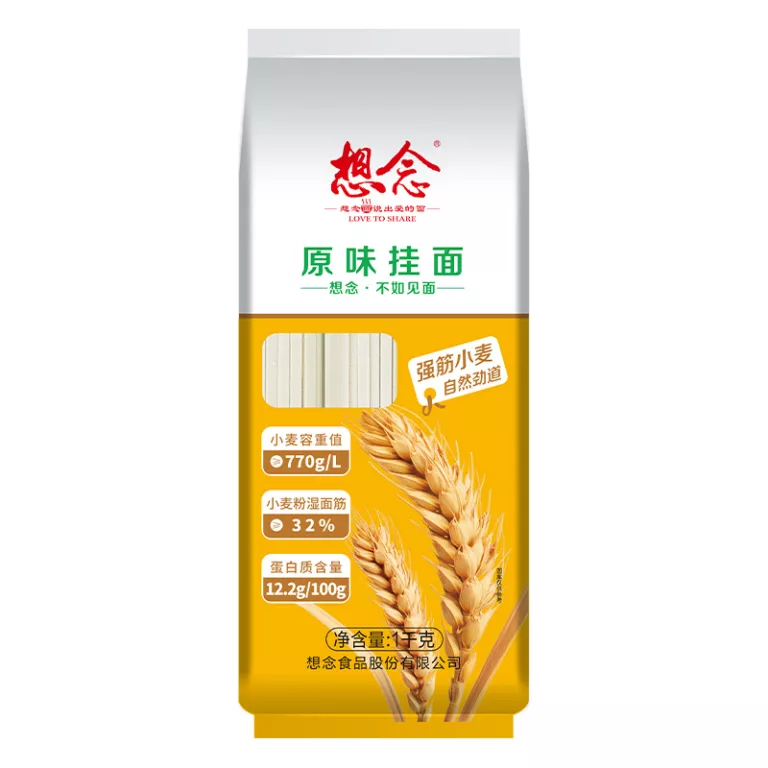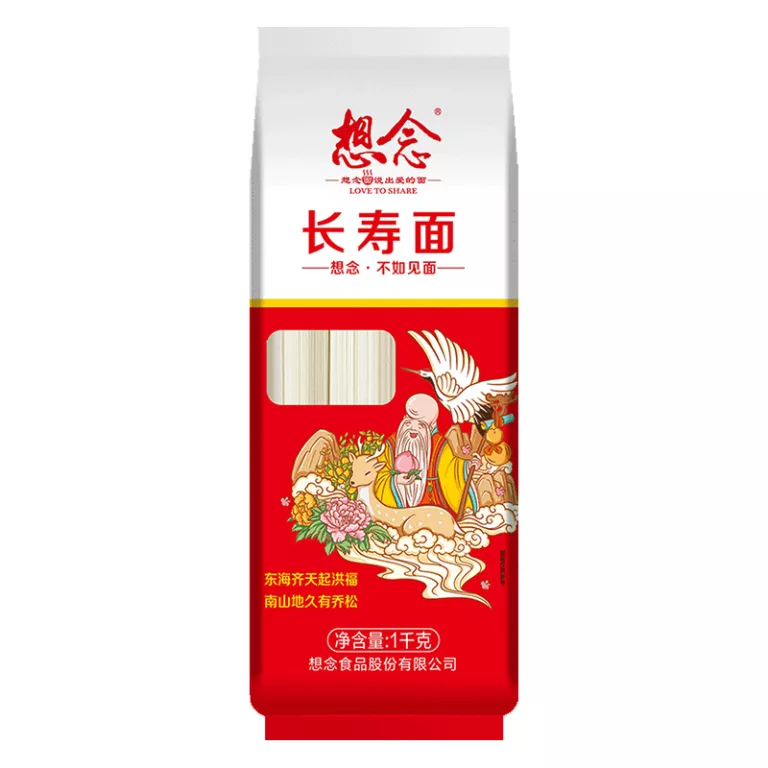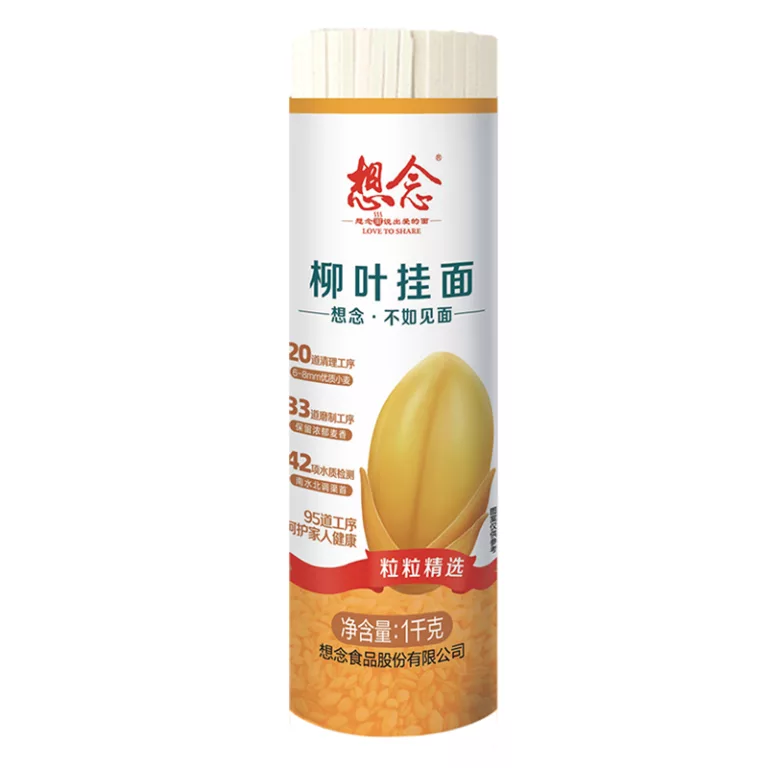How to make hand-made wet noodles and not sticky together?
-
zeyuan li
- February 8, 2023
Creating delicious fresh homemade wet noodles may seem like a daunting task, especially as most store-bought dry noodles require only a brief cooking time. With a bit of patience and practice, however, it’s possible to prepare home-cooked wet noodles that retain their shape and texture, without sticking together.
In this guide, we’ll explain the basics of wet noodle making, provide tips and tricks on how to ensure they don’t stick together, and discuss the potential variables that may affect their consistency. We’ll also provide some tasty recipes to expand your cooking repertoire. Read on to discover how to make wet noodles that are fit for a king.
Table of Contents
What Are Wet Noodles?
The first step to understanding how to make wet noodles is to distinguish them from their dry counterparts.
Wet noodles are produced using a technique called ‘wet baking’ which results in a much thicker, springier noodle than the dry variety. Created from wheat flour and water mixed with additional ingredients such as eggs and oil, wet noodles are generally boiled for several minutes until cooked through.
As opposed to dry noodles, wet noodles are often eaten hot as part of a soup or stew. Alternatively, they can be cooked and served cold – ideal for salads and stir-fries.
The Basics of Making Wet Noodles
Before you begin, it’s essential to ensure that you have all the right ingredients. Start with a good quality, high-protein wheat flour, such as ‘00’ or a ‘00 00’ flour, as these will produce a much better result than plain flour.
From there, combine the flour with the other ingredients: eggs, a pinch of salt, and a tablespoon of oil or butter. Depending on the recipe, cheese, herbs and spices can also be used. Use your hands to knead the mixture into a soft, pliable dough, adding a small amount of water if needed.
Once the dough is ready, roll it out into a sheet about five millimeters thick. Cut the sheet into thin strips around two millimeters wide for the best result. Finally, to achieve the long, curved shape of wet noodles, twist each strip and add a curved, looped shape.
How To Stop Wet Noodles Sticking Together
Wet noodles are extremely prone to sticking together when cooked, so it’s important to learn how to stop that from happening ahead of time.
The first step is to ensure you’ve made the dough correctly, as the wrong recipe can lead to clumps and lumps that encourage sticking. Check that the dough is smooth and free of lumps and air pockets before you roll out and cut the strips.
The second step is to use plenty of boiling water in your pot. This helps The noodles to cook evenly and also prevents them from sticking together further down the line.
It’s also important to avoid overcrowding the pot. Once the noodles have been cut, ensure there’s enough space between them so that they have an even cooking time and are less prone to sticking together.
Finally, use a pair of tongs or a slotted spoon to check on the noodles every few minutes, gently separating any that are sticking together or clumping up.
The Role of Different Ingredients
Different ingredients, such as small amounts of egg, oil and cheese will all affect the way that wet noodles cook and look.
Firstly, egg can be used to enhance the colour and flavour of the noodles, as well as to add an additional binding agent. Oil or butter also makes the dough easier to knead and ensures it’s pliable and easy to roll out. Finally, small amounts of cheese can be added to create a unique flavour and creamy texture.
When adding extra ingredients, it’s important to remember that too much will make a dough that’s difficult to work with and encourages sticking, so it’s best to keep the proportion of extra ingredients to a minimum.
Recipes for Delicious Wet Noodles
Now that you understand the basics of wet noodles, let’s move onto some recipes.
Basic Wet Noodles
Ingredients
– 400g ‘00’ or ‘00 00’ flour
– 2 eggs
– 1 tsp salt
– 1 tbsp oil or butter
– Up to 4-5 tbsp cold water
Instructions
1. Combine the flour, eggs, salt and oil in a large bowl. Begin to mix the ingredients together with your fingers, adding small amounts of cold water until a soft, pliable dough forms.
2. Lightly dust the work surface with some flour and knead the dough for a few minutes.
3. Cut the dough into several pieces and roll out each piece into a sheet at least 5mm thick. Cut it into thin strips around 2mm wide.
4. Twist each strip of dough and create small loops.
5. Bring a large pot of salted water to the boil, then add the wet noodles and reduce the heat to a simmer. Cook for 5-8 minutes, stirring regularly with a slotted spoon to check for doneness.
6. Once cooked, drain the noodles and toss with oil to prevent them from sticking together. Serve with your favourite sauce, stew or stir-fry.
Cheesy Spinach Wet Noodles
Ingredients
– 400g ‘00’ or ‘00 00’ flour
– 2 eggs
– Handful of fresh spinach leaves
– 1 tsp salt
– 3 tbsp Parmesan cheese, freshly grated
– 1 tbsp oil or butter
– Up to 4-5 tbsp cold water
Instructions
1. Begin by blending the spinach leaves in a food processor until a smooth paste forms.
2. Place the flour and eggs into a large bowl and add the spinach paste, salt and Parmesan cheese. Mix together with your fingers, adding small amounts of cold water until you have a soft, pliable dough.
3. Lightly dust the work surface with some flour and knead the dough for a few minutes.
4. Cut the dough into several pieces and roll out each piece into a sheet at least 5mm thick. Cut it into thin strips around 2mm wide.
5. Twist each strip of dough and create small loops.
6. Bring a large pot of salted water to the boil, then add the wet noodles and reduce the heat to a simmer. Cook for 5-8 minutes, stirring regularly with a slotted spoon to check for doneness.
7. Once cooked, drain the noodles and toss with oil to prevent them from sticking together. Serve with your favourite sauce, stew or stir-fry.
Conclusion
There you have it – all the advice you need to start making wet noodles that are both delicious and don’t stick together. This dough can also be used to make a variety of dishes and can be adapted to include your favourite ingredients.
Remember that each recipe might require slight variations in ingredients and cooking times, but with a bit of practice and patience, you’ll be able to create noodles that’ll fit both a dinner table and a food critic’s palette.








